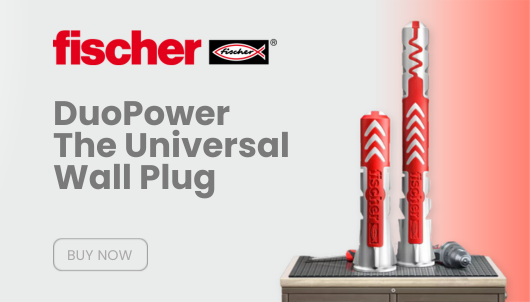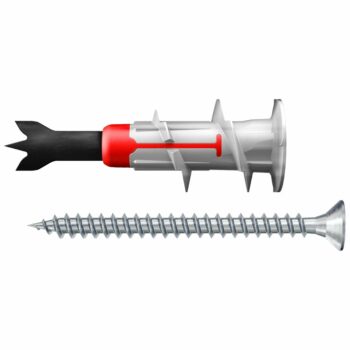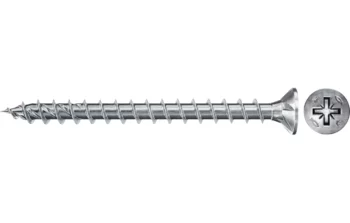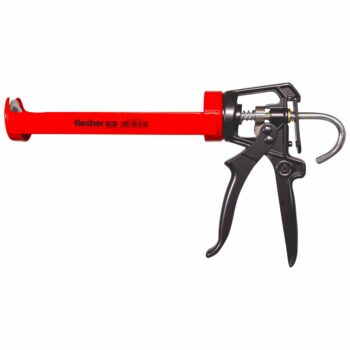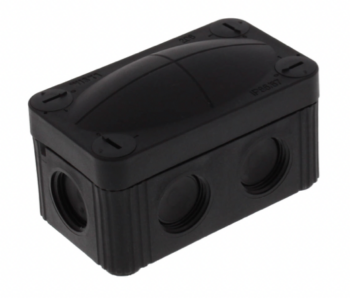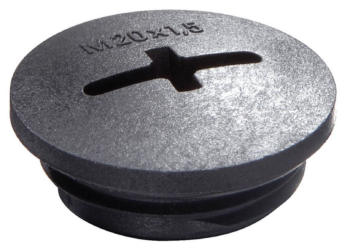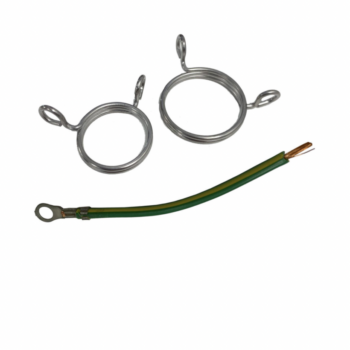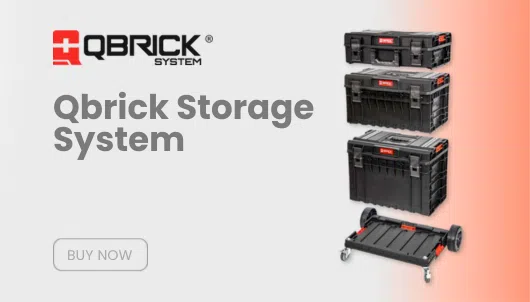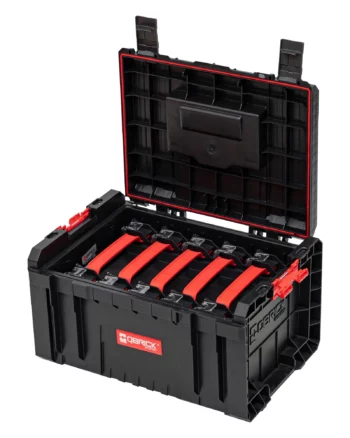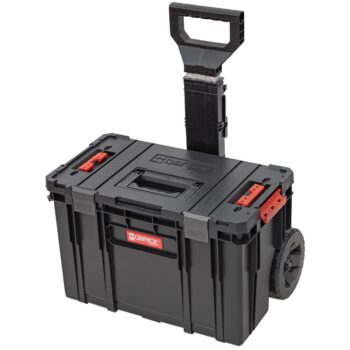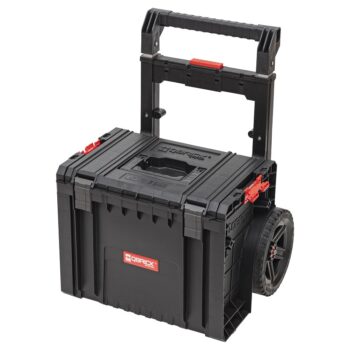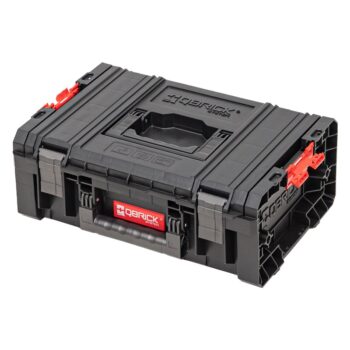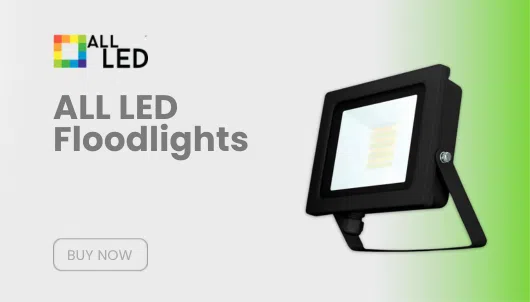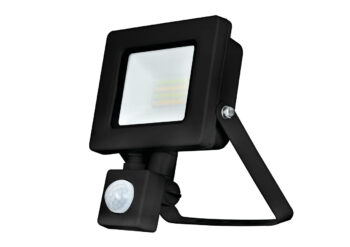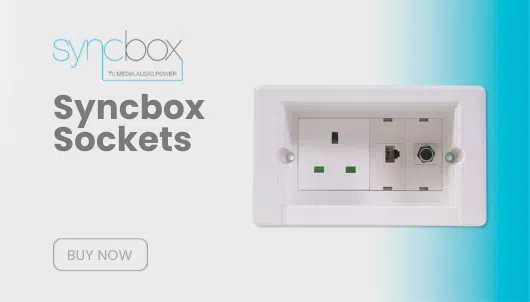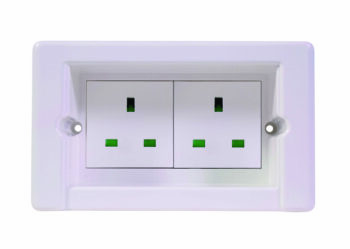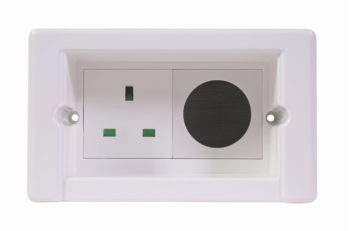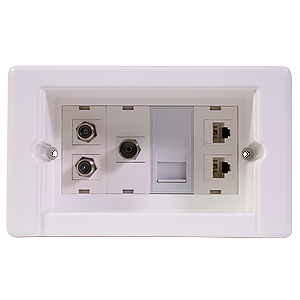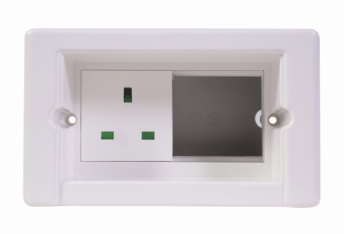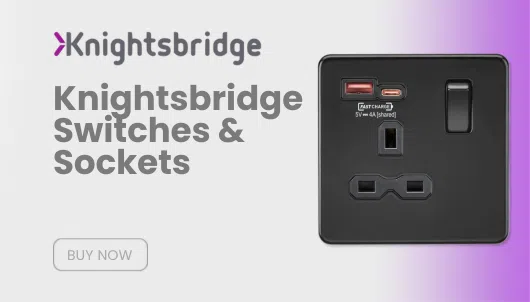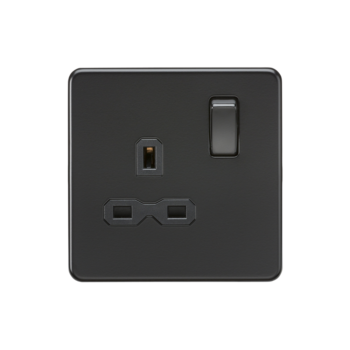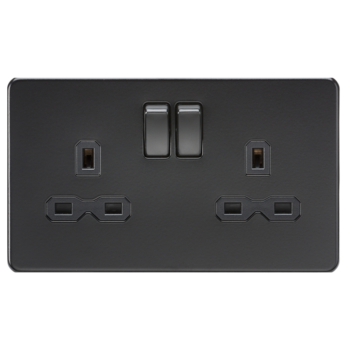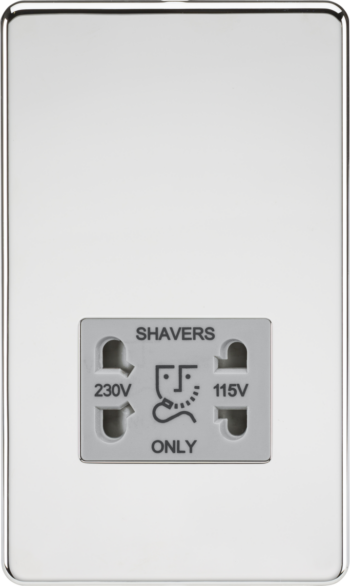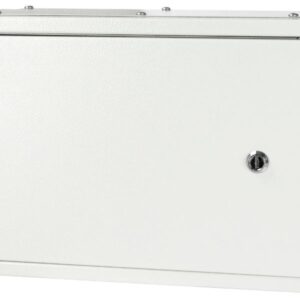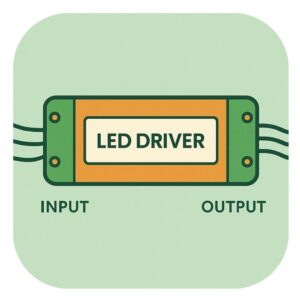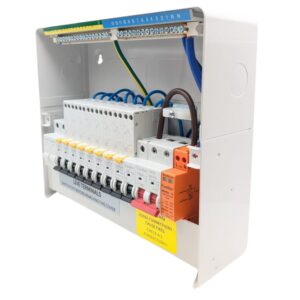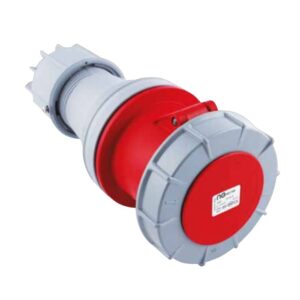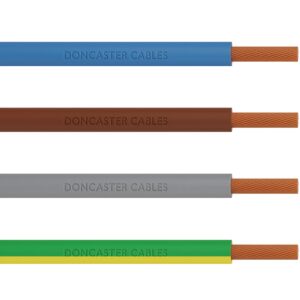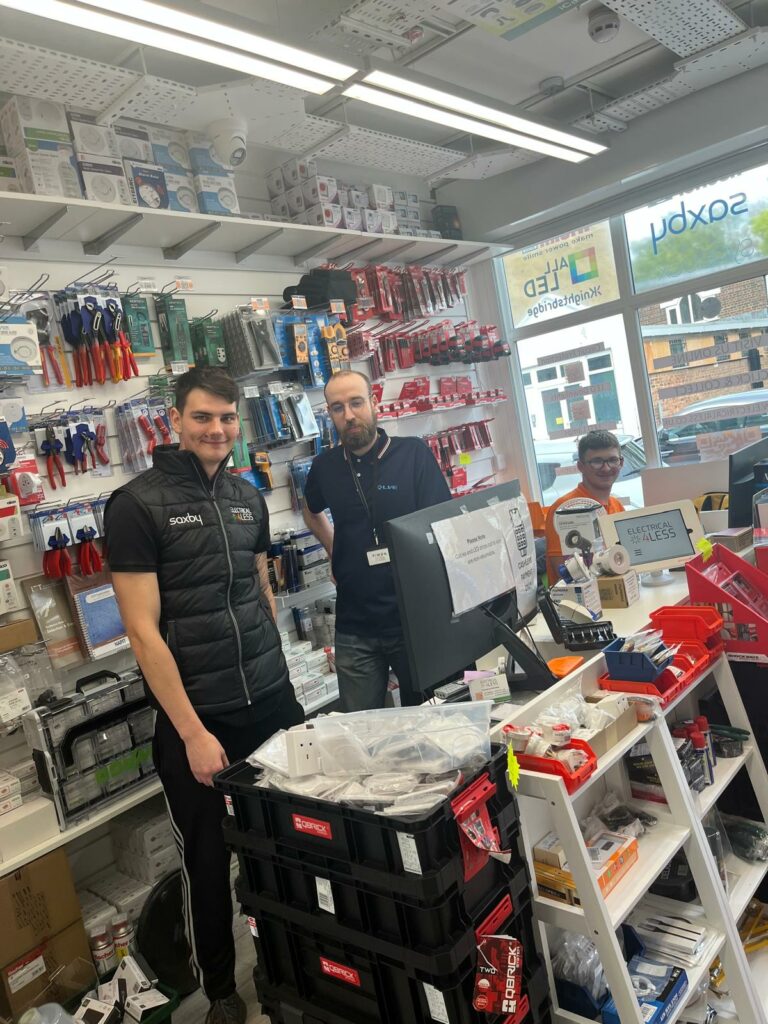🔌 Choosing the Right Breaker and Cable Size for EV Charger Consumer Units: B Curve vs. C Curve | 32A vs. 40A Explained
Table of contents
- 🔌 Choosing the Right Breaker and Cable Size for EV Charger Consumer Units: B Curve vs. C Curve | 32A vs. 40A Explained
- 🔌 Cable Size – Is 6mm² Enough for a 40A Circuit Breaker?
- ❓ Frequently Asked Questions (FAQs)
- ✅ Full Range of Live Electrical EV Consumer Units – Indoor RCBOs vs. Outdoor IP65 Options for EV Charging
- Stay in Touch!
Which is the best RCBO for EV charger installation UK?
When installing an EV consumer unit, selecting the correct RCBO and cable size is essential. It ensures safety, compliance with BS 7671 wiring regulations, and reliable long-term performance.
Many installers and homeowners often ask:
- Should I use a 32A or 40A circuit breaker?
- Is a B Curve or C Curve RCBO the better choice?
- And is 6mm² cable enough for a 40A load?
In this guide, we’ll answer all of those questions clearly—backed by British Standards and manufacturer recommendations.
🔎 Note: When we refer to a circuit breaker in EV setups, we typically mean an RCBO—a device that combines both an MCB (Miniature Circuit Breaker) and RCD (Residual Current Device) in one. The 32A or 40A rating refers specifically to the overcurrent (MCB) side of the RCBO, which protects against overload and short circuits.


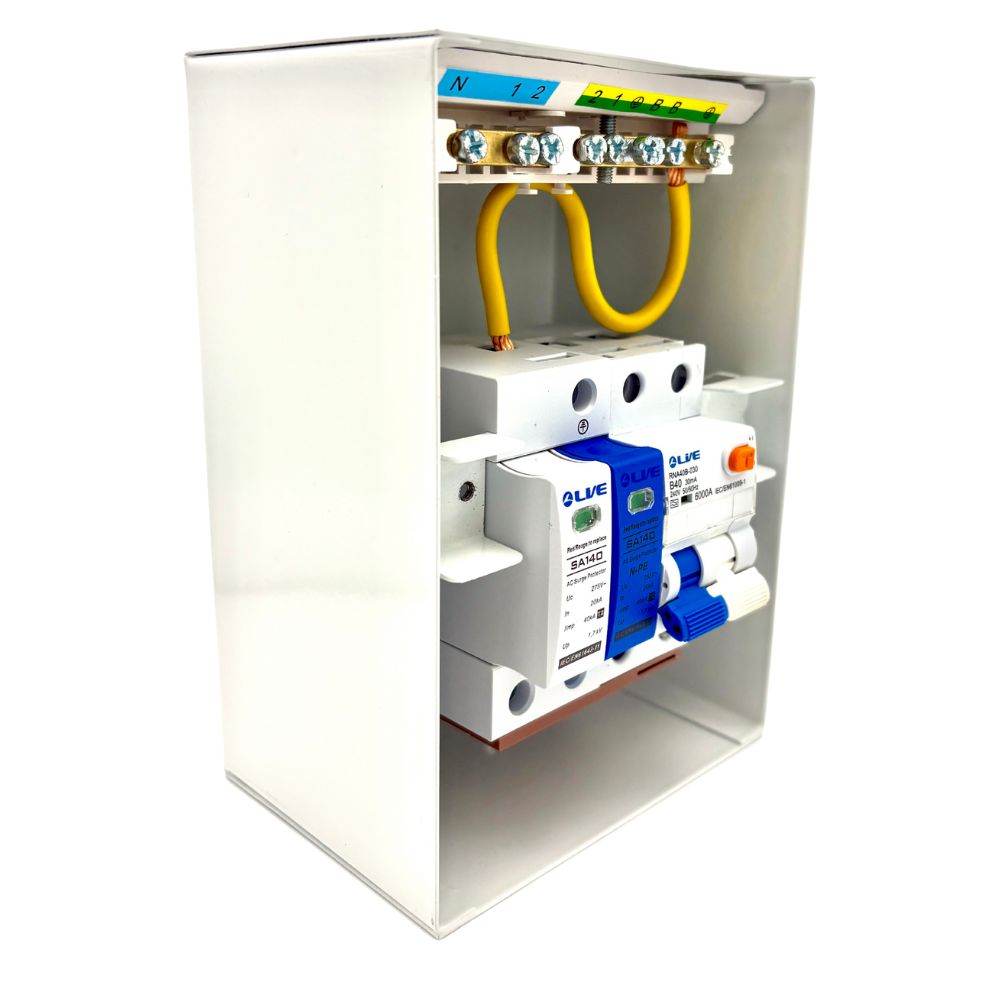
🔧 32A vs. 40A – What’s the Difference?
- 32A Breaker: Typically used for 7.4kW EV chargers—common in residential setups.
- 40A Breaker: Suited for faster charging (up to 9.6kW), or where higher-capacity EV chargers are installed.
Choosing between these depends on your charger’s rating and the cable’s capacity.
⚙️ B Curve vs. C Curve – When Does Each Apply?
- B Curve MCBs trip at 3–5x their rated current. They’re designed for resistive or low inrush loads—like lighting or small appliances.
- C Curve MCBs trip at 5–10x rated current and are better at handling inrush currents or current spikes—common with EV chargers and motors.
🛠️ Why C Curve is Often Preferred for EV Chargers: EV chargers can momentarily draw high startup currents. A B Curve breaker may trip unnecessarily, while a C Curve will allow brief inrush currents without compromising protection.
📏 Earth Fault Loop Impedance (Zs) – What to Consider
When using a C Curve breaker, electricians must confirm that the Zs (earth fault loop impedance) is low enough to trip the breaker within safe limits. This is a key requirement under BS 7671.
✅ In most EV charger installations, especially where the consumer unit is located close to the main supply head, Zs readings comfortably meet the requirements for a C Curve breaker. Still, a qualified electrician should perform these checks.
🔌 Cable Size – Is 6mm² Enough for a 40A Circuit Breaker?
Yes — in most typical installations, it is. When 6mm² twin & earth (T&E) cable is clipped directly and not enclosed in thermal insulation, it can carry up to 47A, based on Table 4D5 of BS 7671. This makes it suitable for pairing with a 40A RCBO in domestic EV installations.
⚠️ But insulation changes everything…
If the cable is surrounded by insulation — such as in a loft or wall void — its ability to dissipate heat drops significantly. In such cases, you must derate the cable. This may require:
- Selecting a lower-rated breaker
- Rerouting the cable
- Choosing a different cable type altogether
💪 SWA, NYY-J, Hi-Tuff? Even Better
If you’re using steel wire armoured (SWA), NYY-J, or Hi-Tuff cables, you’ll often benefit from a higher current-carrying capacity compared to T&E. These cables perform better in tougher conditions due to:
- Greater mechanical protection
- Improved heat dissipation
- Higher temperature resistance
In most EV charger installs, especially outdoors or through ducting, these alternatives are preferred over standard T&E.
❓ Frequently Asked Questions (FAQs)
A 32A RCBO is suitable for EV chargers that draw lower current, while a 40A RCBO supports higher-capacity chargers. The correct choice depends on your charger’s rating and your cable’s current-carrying capacity.
Use a B Curve RCBO for circuits with low inrush current and a C Curve RCBO if your charger creates higher startup surges. Always confirm with the charger specs and Zs test results.
Yes, if it’s clipped directly and not surrounded by insulation. However, if the cable runs through insulation or is grouped with others, you may need to derate it or choose an alternative like SWA or NYY-J. Always check BS 7671 tables.
Not recommended. Use SWA, Hi-Tuff, or NYY-J cables for outdoor or underground installations. These offer better protection and heat dissipation.
📌 Key Takeaways:
- ✅ C Curve breakers are ideal for EV chargers due to their ability to tolerate inrush currents.
- ✅ A 40A C Curve breaker + 6mm² cable is generally safe for EV chargers when the cable is clipped direct and free from insulation.
- ⚠️ If the cable is buried in insulation, derating is essential.
- ✅ SWA and equivalent cables offer greater flexibility and ampacity.
- ✅ Always test Zs and verify installation conditions to comply with BS 7671.
- ✅ Manufacturer instructions and UK wiring regulations must always guide product selection.
✅ Full Range of Live Electrical EV Consumer Units – Indoor RCBOs vs. Outdoor IP65 Options for EV Charging
🔒 IP20 (Indoor Use Only) Units
- Live Electrical MMGU32B-SP – 32A B Curve | Type A RCBO + SPD + Busbar
Ideal for standard inrush EV chargers in garages or meter cupboards. - Live Electrical MMGU32C-SP – 32A C Curve | Type A RCBO + SPD + Busbar
Designed for EV setups with higher inrush current indoors. - Live Electrical MMGU40B-SP – 40A B Curve | Type A RCBO + SPD + Busbar
Suitable for higher-capacity EV chargers indoors with low startup surges. - Live Electrical MMGU40C-SP – 40A C Curve | Type A RCBO + SPD + Busbar
Handles high inrush loads indoors—ideal for powerful smart chargers or setups with motors.
🌧️ IP65 (Outdoor & Weatherproof) Units
- Live Electrical LEV440SP-P – 40A C Curve | IP65 EV Consumer Unit + SPD + Busbar
- Suitable for residential or commercial EV charger installs where high inrush current is expected.
- Live Electrical LEV432SP-BP – 32A B Curve | IP65 EV Consumer Unit + SPD + Busbar
- Great for driveways and carports where B Curve protection is sufficient.
- Live Electrical LEV432SP-P – 32A C Curve | IP65 EV Consumer Unit + SPD + Busbar
- Ideal for EV chargers with high inrush current installed outside.
- Live Electrical LEV440SP-BP – 40A B Curve | IP65 EV Consumer Unit + SPD + Busbar
- Built for higher capacity outdoor chargers in residential or light commercial areas.
Stay in Touch!
👉 Follow us on Facebook, Instagram, and YouTube for expert EV installation tips, product updates, and helpful how-to content—all designed to keep your EV projects safe, compliant, and future-ready. Thanks for reading “Best RCBO for EV charger installation UK”





